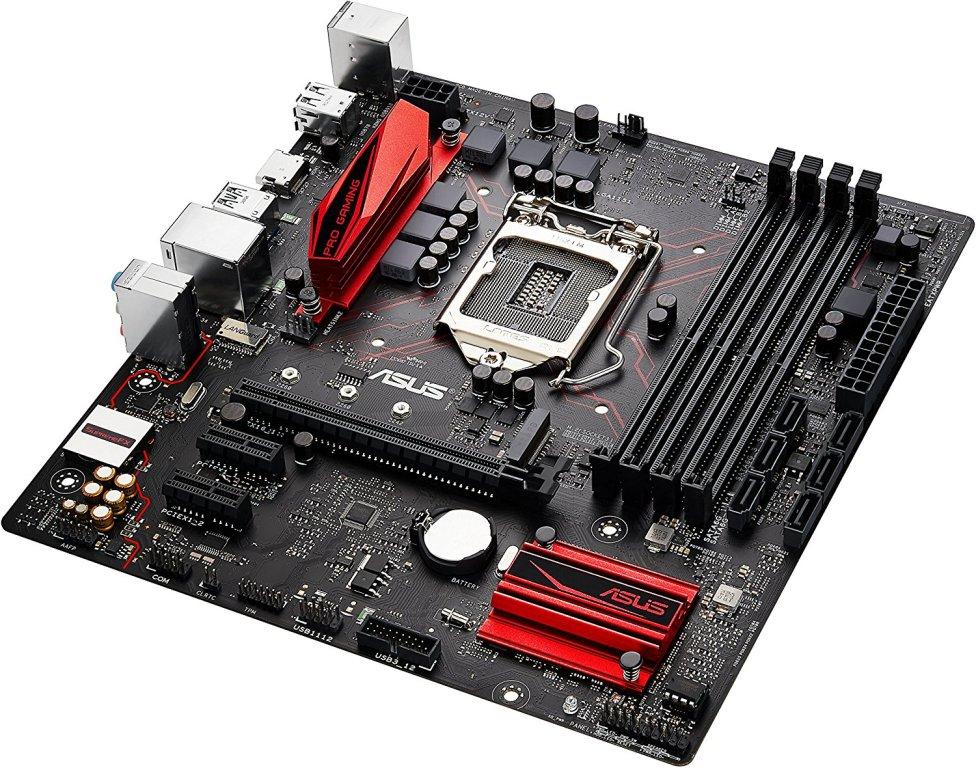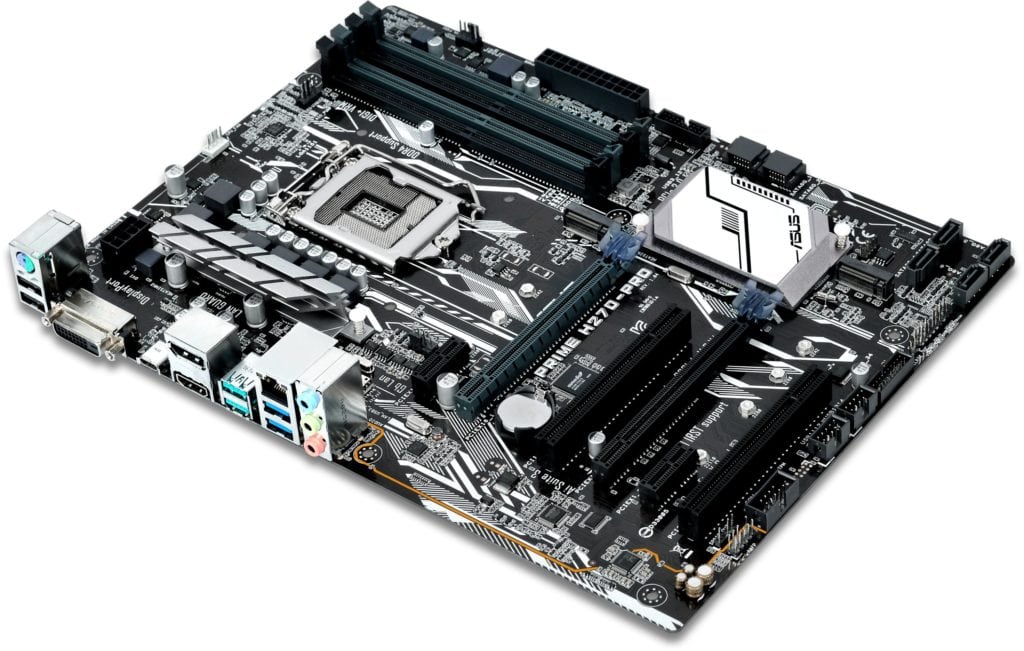The motherboard is undoubtedly the most critical part of your computer which is why it is worthwhile having at least a basic understanding of how to choose a motherboard. It controls nearly all of the essential components of a computer. The CPU, the video card, the keyboard, the hard disk drive as well as the memory, all exchange information with each other through the motherboard. What’s more, firmware on the motherboard coordinates and regulates all the essential PC functions. It is imperative to note that the motherboard allows for the use of other associated external devices and components, and this incredibly enhances the versatility of any computer system. These external devices may include audio jacks, external hard drives, printers, game controllers among others.
Just like any other type of machine, there are specific factors that you must take into consideration when choosing a motherboard.
If you intend to build a robust gaming personal computer or a video workstation, you’ll need to invest in a high-end motherboard that offers the type of speed you’ll need. Of course, such motherboards will always be pricey since they come with other features to boost their overall functionality. For instance, they might have many CPU sockets, unique cooling features and perhaps additional memory slots. Based on your budget, you’ll decide whether you want to build a robust or an average machine and choose your ideal motherboard. Below are some of the most critical features you must consider when buying a new motherboard.
How to Choose a Motherboard

The Form Factor or Motherboard size
Typically, motherboards come in different sizes and shapes. Are you seeking to build a feature packed computer system for exceptional performance? Motherboards are available in three standard sizes; micro-ATX, mini-iTX and the ATX. Each of these is defined based on the specific dimensions of their boards. The Motherboard size not only dictates the overall size of your board as well as the placement of mounting screws but, equally indicates the overall layout of the board’s primary components. For instance, a typical ATX board will usually feature at least five PCI-Express and an equal number of PCI slots. Consequently, a micro-ATX will only have a maximum of three slots. Finally, you have the mini-ITX board that only features one PCI-Express *16 graphics card slot. The same rule applies to the memory slots, where the mini-ATX has two, micro-ATX has between two to four and the ATX has four memory slots. To be more precise, the primary differences between the different sizes of ATX boards are CPU support and expansion slots.
Processor Support (sockets)
If you didn’t know, the type of processor socket you choose is the deciding factor regarding the nature of CPU you can use in your build. This means that if the processor can’t fit, you won’t use it! AMD and Intel both boast of their own processors and sockets which are only compatible with their chips. The first thing you’ll need to do is choosing what processor you need and then decide further on which type of socket you’ll need. For Intel’s consumer sockets, they usually have a reasonably low-power, such as Socket 441 for Atom processors, a mid-range, like a Socket H for Celeron, Core i3, and Core i5 series processors. If you want to use an Intel processor, it would be a good idea first to find out which socket supports whatever type of processor you need.
Chipsets
This refers to how your RAM, CPU, the video card as well as other peripherals communicate in relation to each other. Motherboards come equipped with one of the several chipsets, with each single chipset boasting of its own unique features which may add useful capabilities to your motherboard. Bearing in mind the chipset defines and equally limits most connections between your CPU and peripherals, it may as well be the most critical factor to consider in a motherboard. A chipset is typically composed of Southbridge and a Northbridge, even though the latest few Intel CPU and AMD APUS generations integrate Northbridge functions within the CPU.
The Northbridge is usually responsible for the very prompt communication between your video card, RAM, and CPU. In fact, it is where you’ll get features such as DDR3 and perhaps CrossFire/SLI. The Southbridge will provide features such as SATA, PCI-E, USB 3 as well as other meaningful technologies.
Outputs and Inputs(I/O)
These will always remain standard except for unique additions available in reasonably more advanced boards. They may include video outputs, networking, USB and sound outputs. USB 3.0 is popular, but relatively more pricey boards may consist of USB type C or USB 3.1. Thunderbolt is another high-performance port which may be used for both top-speed external storage and displays. Depending on the purpose of the computer you are building, these are extra features that you must take into account.
Other extra features
It is also critical to note that there may be extras added to motherboards that may not be needed for daily operation but are equally useful to have. These may include things like onboard wireless, audio and perhaps RAID controller. However, if your board has more features than what you require, you may as well decide to turn them off in your motherboard’s BIOS settings.
Again, if you intend to overclock your processor, you must ensure that your motherboard can support overclocking. Perhaps you may be wondering what overclocking refers to. Typically, every computer has something known as a clock speed. It is the speed at which the computer processes data. Whether it be graphics, CPUs or memory processors, each one has a given rated speed. Overclocking is the process through which these chips are made to run at speeds beyond their initial specifications for additional performance. It helps to boost your system’s performance without involving any extra costs. Also, the amount of Voltage Regulator Modules (VRMs) on a motherboard is another critical factor to consider. If you didn’t know, the more VRMs a motherboard boasts of, the more energy that particular board will support during the overclocking process.
These are arguably the most important features to consider when shopping for a new motherboard for your custom computer. Of course, the broad range of brands and models is enough even to confuse the most enthusiastic PC builder out there. As always, you can conduct some research and even compare and contrast the available models for you to come up with a motherboard that suits all your needs and preferences.

